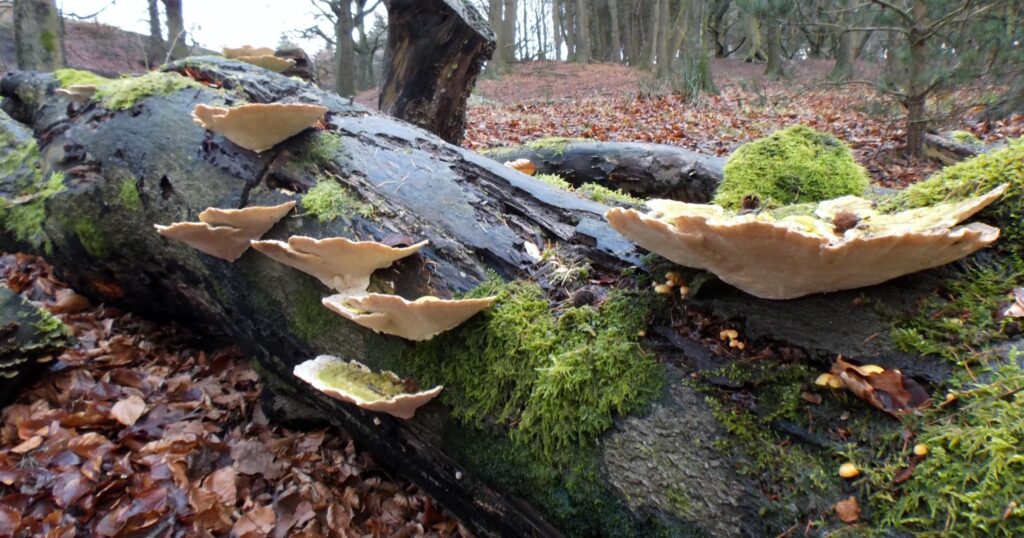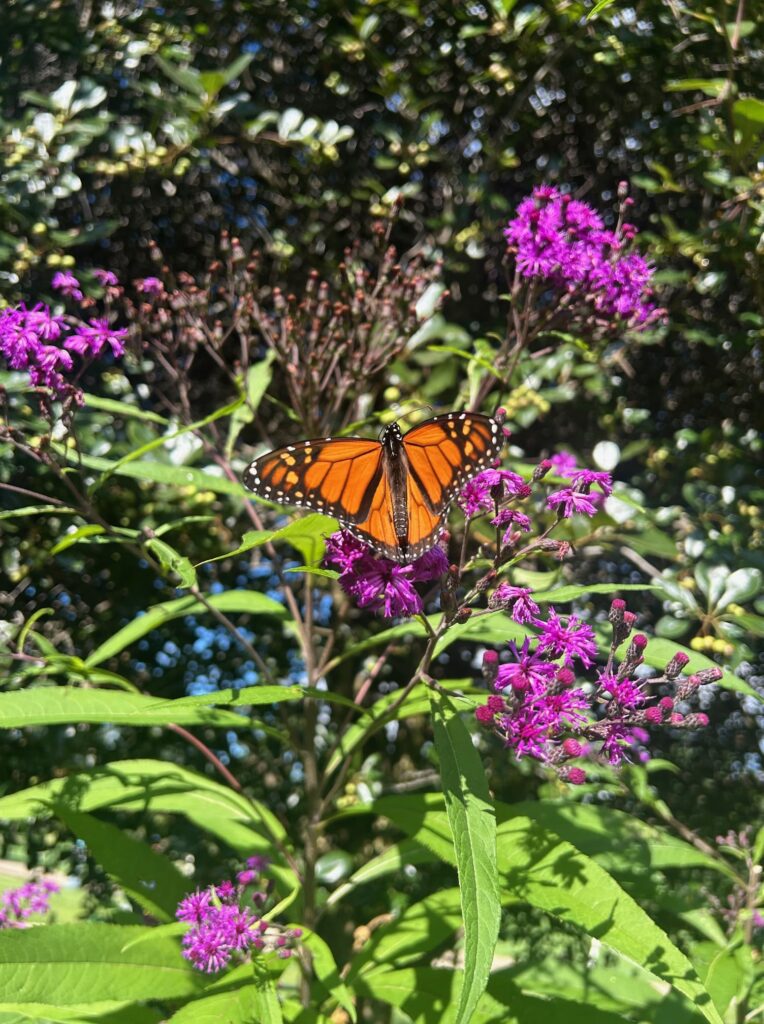Nature reserves are the cornerstone for preserving biodiversity in an increasingly crowded world, but they are not isolated entities. They are embedded within the landscapes around them; species within nature reserves respond to changes in land use and other human activities in surrounding landscapes. Beyond this obvious truism, how can ecology help understand these interactions? More importantly, can understanding these interactions provide insights into management approaches that maintain biodiversity in nature reserves while balancing human needs for food, fibre, domestic animals, and settlements in surrounding areas?
Ecological Interactions between Nature Reserves and Surrounding Landscapes
Nature reserves interact with surrounding landscapes through multiple mechanisms. In almost all reserves, movements of organisms, water, and other ecological processes extend beyond the reserve’s administrative boundaries to the surrounding landscapes. Expansion of agriculture or settlements in these areas outside the reserve reduces the de facto effective area of the reserve. Reduced effective area can lead to trophic cascades, where predators with large home ranges are disproportionately lost and prey populations expand. Reduction in the effective area of nature reserves also constrains the total number of species according to well-known relationships between area and number of species. Furthermore, recolonisation following disturbances such as flood, wildfires, and landslides is constrained with the decline in the effective area of a nature reserve.
In addition to reduction in the effective area, land use change outside nature reserves can alter flows of water and other materials into the reserve. A dam placed upstream of a nature reserve, or movement of fire across the landscape, will alter the flow regime and species composition inside the nature reserve. Regional land use changes also alter climate, for e.g., clearing of forests Costa Rica’s Caribbean lowlands appears to have reduced cloud cover in the tropical montane cloud forests of Costa Rica’s Monte Verde National Park.
As a third mechanism linking nature reserves with their surroundings, habitats outside reserves may be rich in resources and critical to some portion of a species’ life history for breeding, seasonal migrations, or movements between critical habitats. Land use change in these key locations can have disproportionately large consequences for biodiversity in reserves. Nature reserves often do not contain the full suite of required habitats, particularly because reserves are often located in relatively harsh biophysical settings where human land use is less desirable. For e.g., in tropical forests of Borneo, Indonesia, long-distance migrations of bearded pigs have been disrupted by logging of dipterocarp trees whose fruits are prime food sources for the pigs.
A final, and perhaps most important, mechanism linking reserves with their surroundings is exposure to hunting, poaching, exotic species, and disease from human presence. For e.g., lions in Serengeti National Park underwent dramatic population declines from canine distemper that they contracted from domestic dogs living outside.
Reserves are often a magnet for development – both in affluent and less affluent settings, exacerbating the potential for human activities to negatively affect biodiversity in reserves. Counties around Yellowstone National Park are among the fastest growing in the United States with increasing number of affluent rural homes. In Ranomafana National Park in Madagascar, people have aggregated around park boundaries in search of jobs.
Many reserves, particularly in the tropics, have people residing within them. Many others have people living in close proximity. The conservation community has recognised that management of reserves must consider people’s needs and aspiration for resources, particularly because human populations around reserves are often indigenous, tribal, and traditional peoples whose livelihood depends on local resources. The scientific challenge remains to identify those aspects of human activities that are most harmful to the functioning of nature reserves and the limits for sustainable use.
Wolong Nature Reserve, China
Wolong Nature Reserve in Sichuan, China was designed for the protection of the endangered giant panda and is home to more than 6000 animal and plant species and approximately 5000 local residents. The reserve protects the habitat of approximately 10 percent of the wild giant panda population and has drawn international attention. Local residents are primarily farmers and carry out a range of activities including fuelwood collection, livestock breeding, herbal medicine collection, road construction and ecotourism. Connectivity of giant panda habitat between Wolong and other reserves maintains the population and reduces possible detrimental effects of stochastic processes such as fire, disease, extreme weather events, and bamboo flowering.
Land cover changes outside the reserve sever habitat connectivity for the giant panda. Analyses of satellite images reveal that total habitat declined substantially within the reserve (0.62% per year) and in a 3 km buffer (0.74% per year) between 1965 and 2001. However, the buffer experienced a slight increase in moderately suitable habitat from 1997 onwards, possibly in response to afforestation and shifts to nonagricultural activities with expansion of industrial production in surrounding townships. In this case, land use change locally around the reserve has been detrimental to connectivity of panda habitat between reserves. However, at a broader scale, recent economic opportunities in the surrounding landscape have allowed many local residents to shift to non-agricultural livelihoods and switch their energy consumption from fuelwood to electricity, with an overall positive impact on giant panda habitat.
Yellowstone National Park, USA
Yellowstone National Park in Montana, USA offers another example where land use surrounding the park is critical to the functioning of the park itself. The park is located at a high elevation, on low productivity lands relative to its surroundings. Consequently, species rely on lower elevations outside the park for resources and breeding habitats.
Land use is rapidly expanding in the Greater Yellowstone Ecosystem as the number of rural homes increases. Analysis of the spatial patterns of rural home development reveals that homes are preferentially located in areas important for biodiversity, including riparian habitat, bird hotspots, grizzly habitat, and migration corridors. Existing growth patterns provide minimal protection to biodiversity. Modeling the effects of alternative growth patterns on several measures of biodiversity (for e.g., corridors, elk winter range, bird hotspots) provides a basis for testing scenarios. A growth management policy that includes clustering future growth near towns could protect much of the ‘at risk’ habitat types without limiting plans for overall growth in housing.
Implications for management
The type and degree of interactions between reserves and the surrounding landscape varies depending on the biophysical and socioeconomic setting. Reserves in the lower reaches of a watershed, for instance, are vulnerable to altered flow regimes and land cover changes in the upper watershed. Reserves surrounded by human populations who are reliant on local resources, such as most reserves in Asia, have the primary concern of human activities in and around the reserve. Management possibilities vary accordingly. In the former case, for e.g., the management need is to maintain forest cover to reduce soil erosion and downstream flooding, such as the logging ban imposed by the Chinese government following the devastating 1998 floods in the Yangtze River.
The two examples of Wolong Nature Reserve and Yellowstone National Park illustrate the potential to balance needs for both human land use and biodiversity. In Yellowstone, alternative placement of rural homes could reduce negative impacts on biodiversity while allowing some increase in the number of homes. In Wolong, non-agricultural employment benefits economic well-being of the local population and reduces their reliance on fuelwood and other forest resources. While not all cases are so clear-cut, these examples illustrate possibilities for regional management to address the struggle against declining biodiversity as land use changes rapidly in many parts of the world.
Originally published as:
Hansen, A. and R. DeFries. 2007. Land Use Change around Nature Reserves: Implications for Sustaining Biodiversity. Invited Feature in Ecological Applications 17 (4): 972-973.
Ruth DeFries is Professor at the Department of Ecology, Evolution, and Environmental Biology at Columbia University, New York, USA (rd2402@columbia.edu).
Andrew Hansen is Professor and Director, Ecology Department, Montana State University, Bozeman, Montana, USA (hansen@montana.edu).
Jianguo (Jack) Liu is Professor at the Department of Fisheries and Wildlife and Director of the Center for Systems Integration and Sustainability at Michigan State University, East Lansing, Michigan, USA (jliu@panda.msu.edu).





